Tooth decay keeps winning because it’s sneaky, cheap to feed, and patient. A small tweak-getting fluoride in the right form and amount-can swing the odds. If you’re wondering whether a fluoride supplement is that missing piece, here’s the straight answer: sometimes it’s a game-changer, sometimes it’s useless, and sometimes it’s the wrong tool.
- Supplements help most when kids live where tap water isn’t fluoridated and cavity risk is high; for adults, topical fluoride usually beats systemic supplements.
- In the U.S., fluoride tablets and drops are prescription medications, not typical over-the-counter dietary supplements.
- Target number: 0.7 mg/L fluoride in community water. If your water is near that, you generally don’t need a supplement.
- Safety matters: too much fluoride in childhood can cause fluorosis (cosmetic enamel changes). Dosage depends on water levels and age.
- Smart plan: check your water, assess cavity risk, talk to your dentist, and use fluoride toothpaste right-every single day.
What fluoride actually does-and when a supplement helps
Fluoride protects teeth two ways. Systemically, it’s incorporated into developing enamel to make new teeth more acid-resistant. Topically, it sits on the tooth surface, helping remineralize weak spots after bacterial acid attacks. Adults get almost all the benefit from that topical effect-think toothpaste, mouthrinses, and in-office varnish. Kids can benefit from both.
That split matters. If you pictured a daily pill as a cure-all, it’s not. The strongest evidence for fewer cavities in adults and children sits with regular brushing using fluoride toothpaste and, for higher-risk folks, professional fluoride varnish. Large public health data from the Centers for Disease Control and Prevention show community water fluoridation cuts cavities by about a quarter across ages. That’s huge, and it’s steady across decades.
So who actually needs a supplement? Dentists prescribe them for children (usually ages 6 months through 16 years) who drink water with low fluoride and have a higher risk for decay. The American Dental Association’s schedule ties dose to two things: age and the fluoride level in your primary drinking water. If your water already hits the U.S. Public Health Service target of 0.7 mg/L, there’s no supplement to add.
Here’s the twist most people don’t expect: in the U.S., those “supplements” are usually sodium fluoride tablets or drops classified as prescription drugs. That’s the Food and Drug Administration’s world, not the vitamin aisle. So while you’ll see the phrase fluoride supplement all over the internet, you don’t just grab one off a shelf. Your dentist or pediatrician decides if the benefit outweighs the risk and writes the script.
Systemic fluoride is most effective while teeth are forming. After that, fluoride still helps-just more as a coating and less as an add-in. Adults with dry mouth, tons of recent cavities, or orthodontic appliances usually do better with high-fluoride toothpaste (prescription strength), varnish at cleanings, and a fluoride rinse rather than swallowing tablets.
Quick local reality check: I live in Seattle, where our water is managed to about 0.7 mg/L fluoride. My routine? Brush twice daily with fluoride paste; when my dentist sees early weak spots, I get varnish. My wife Aurora is on the same plan. No tablets needed because our tap water already does that job.
Evidence snapshot in plain English:
- Water fluoridation: robust, long-term cavity reduction in communities (CDC surveillance).
- Fluoride toothpaste: strong evidence it lowers decay risk across ages; higher concentrations help higher-risk mouths (Cochrane reviews and ADA guidance).
- Fluoride supplements: benefit kids in non-fluoridated areas when dosed correctly; risk of fluorosis rises if you stack sources without checking totals (ADA schedule; pediatric dentistry guidance).
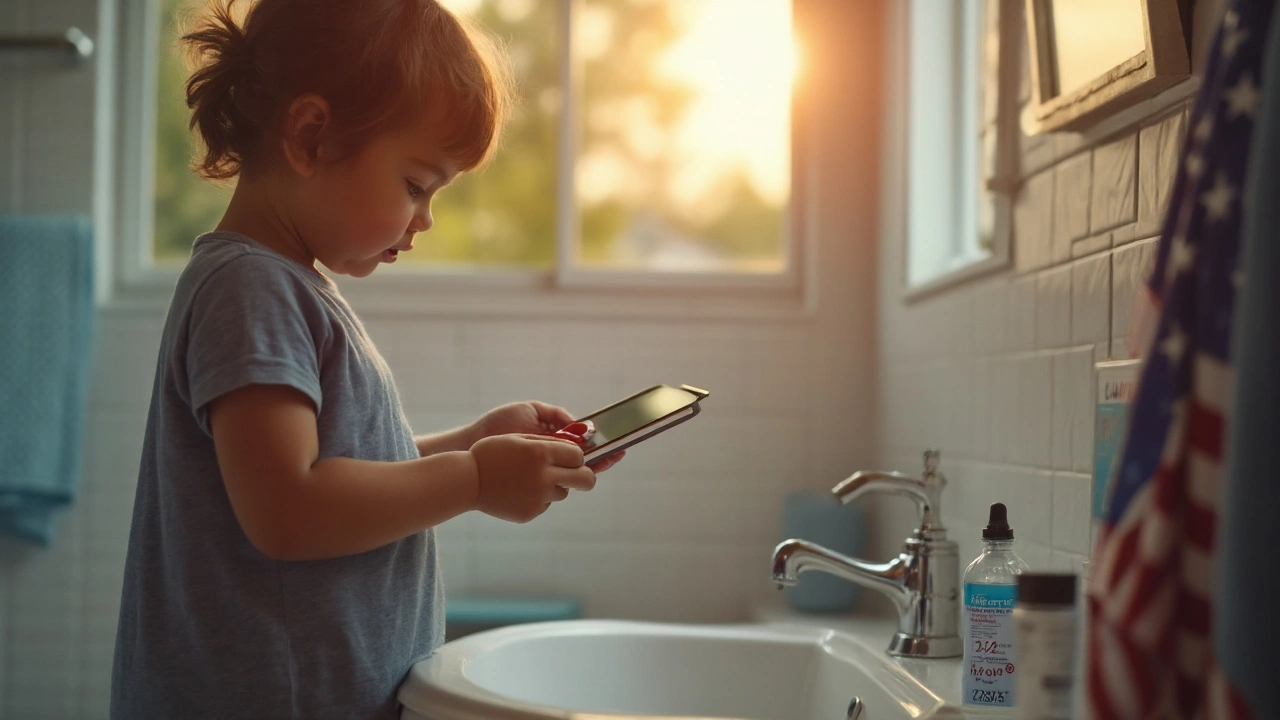
Step-by-step: Decide if you or your child should use one
Use this like a decision tree. You’ll land at a yes/no or a “talk to the dentist with these numbers in hand.”
Step 1 - Find your water’s fluoride level
- Municipal water: Check your annual Consumer Confidence Report or your utility’s water quality page; look for “fluoride” listed in mg/L or ppm.
- Well or small system: Test it. Kits and local labs are inexpensive. You want a numeric result-guessing doesn’t cut it because dosing hinges on this number.
- Target to remember: 0.7 mg/L. If your main drinking water is ≥0.6 mg/L, supplements are generally not used.
Step 2 - Check cavity risk
- Recent cavities or white spot lesions.
- Dry mouth from meds (antidepressants, antihistamines), sleep apnea mouth-breathing, or autoimmune conditions.
- Orthodontic brackets or appliances that trap plaque.
- Frequent snacking on fermentable carbs, sugared drinks, or nighttime bottles (for toddlers).
- Limited dental care access or inconsistent brushing with fluoride toothpaste.
If your child has two or more of those, put a star on the file-they’re higher risk.
Step 3 - Age matters
- Under 6 months: no supplements. Teeth aren’t in yet; dosing is not indicated.
- 6 months to 16 years: supplements may be appropriate if water fluoride is low and cavity risk is present.
- Adults: rarely indicated. Ask about high-fluoride toothpaste (5,000 ppm) and varnish instead.
- Pregnancy: supplementing mom doesn’t measurably strengthen baby’s future teeth; focus on brushing, diet, and dental care.
Step 4 - Pick the right form (if you need one)
- Drops: good for infants and toddlers; can be mixed with a small amount of water. Avoid milk at the same time since calcium can reduce absorption.
- Chewable tablets/lozenges: older kids can chew and then swish a bit before swallowing to get some topical benefit too.
- Safety: store like any medication; tablets are flavored and can be mistaken for candy. For children, follow age-appropriate dosing tools.
Step 5 - Dosing: what dentists commonly use
The ADA’s schedule ties dose to both age and your main water’s fluoride level. Your dentist will confirm exact dosing, but here’s the pattern most practices follow in the U.S.:
- If water fluoride is <0.3 mg/L: toddlers often get 0.25 mg/day; preschoolers 0.5 mg/day; school-age kids up to 1.0 mg/day.
- If water fluoride is 0.3-0.6 mg/L: doses are roughly half those amounts for the same ages.
- If water fluoride is >0.6 mg/L: no supplement.
Note: these are ballpark figures based on commonly cited schedules in pediatric dentistry. Your child’s dose should be prescribed against their exact water reading, age, and risk.
Step 6 - Keep score on total fluoride
- Toothpaste: rice-size smear for kids under 3; pea-size for ages 3-6. Encourage spitting, not rinsing, to keep a little fluoride on the teeth.
- Bottled water: most have little or no fluoride; some “nursery” waters add it. Labels vary-check them if you’re using supplements to avoid double-dosing.
- Rinses: OTC fluoride mouthrinses can help older kids and adults at risk; don’t stack them on top of supplements without a dentist’s ok.
- Dental varnish: powerful for high-risk kids and adults; it’s a professional topical, not a daily at-home product.
Quick checklist (print or save)
- My main drinking water fluoride: ____ mg/L (lab or utility report).
- Age: ____ years; Cavity risk factors: ____.
- Current daily brushing: morning and night with fluoride toothpaste? Yes/No.
- Using any rinses or high-fluoride paste already? List them.
- Plan to discuss with dentist: supplement yes/no, dose, and monitoring for fluorosis.
Two real-world scenarios
- Rural well water at 0.1 mg/L; 5-year-old with two new cavities: likely a candidate for a prescription supplement plus strict brushing and periodic varnish.
- Seattle tap water near 0.7 mg/L; 9-year-old cavity-free: no supplement; keep twice-daily fluoride brushing and regular checkups.
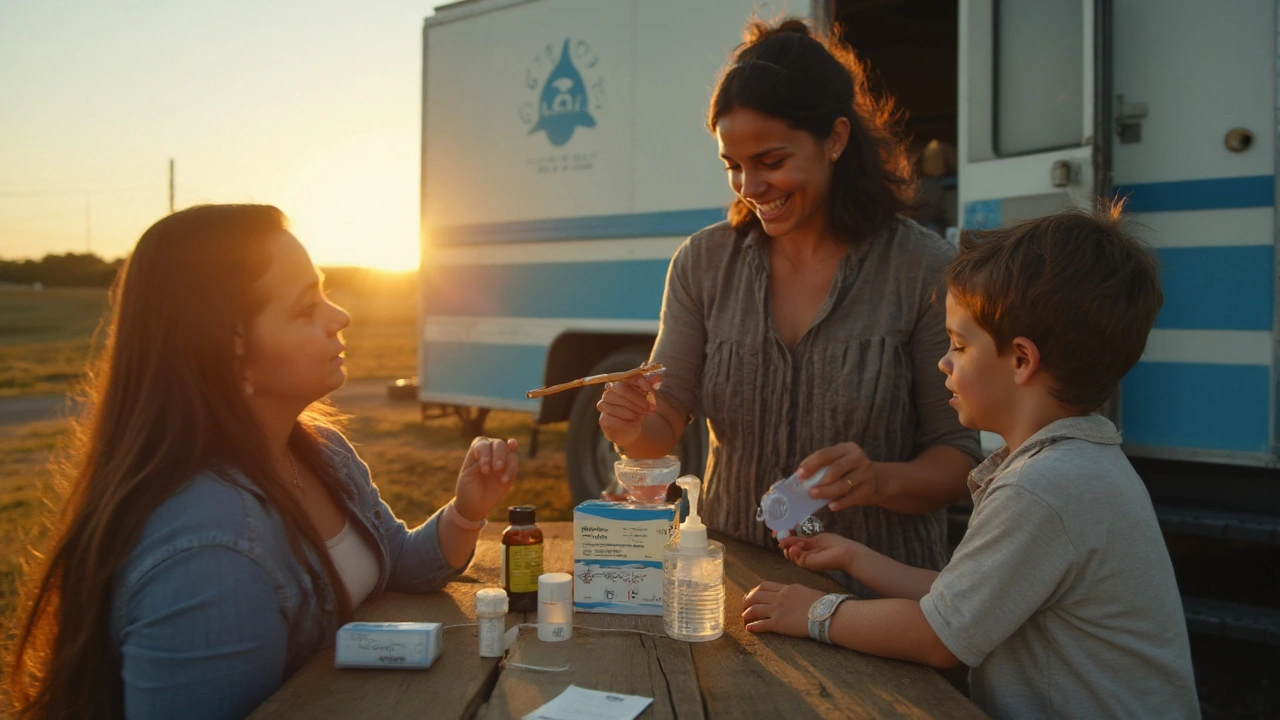
Safety, dosages, FAQs, and smarter alternatives
How much is too much?
The National Academies set Tolerable Upper Intake Levels (ULs) to minimize the risk of fluorosis in kids and other adverse effects:
- 1-3 years: 1.3 mg/day
- 4-8 years: 2.2 mg/day
- 9 years and older (including adults): 10 mg/day
Most households will never approach those numbers if they use toothpaste correctly and drink municipally fluoridated water. The common problem isn’t acute toxicity-it’s mild fluorosis from stacking small daily sources in early childhood. That shows up as faint white streaks or specks on enamel. Cosmetic, not dangerous, but it’s preventable by dosing carefully and supervising brushing.
Acute ingestion-when to act
- If a small child swallows a large amount of toothpaste or a handful of tablets, expect nausea, stomach upset, and maybe vomiting.
- Contact a medical professional or poison control if you’re worried-especially if there’s persistent vomiting, cramps, or lethargy.
- Store all fluoride products out of reach and use child-resistant caps.
Practical interactions
- Calcium (milk, yogurt) can reduce absorption of systemic fluoride. If you’re giving a tablet or drop, don’t pair it with a glass of milk.
- Kidney disease changes fluoride clearance; that’s one more reason dosing should be supervised by a clinician.
ADA-style supplement schedule, translated
Think of dosing as a sliding scale based on water levels and age. Under 0.3 mg/L? That’s when full doses are considered. Between 0.3 and 0.6 mg/L? You cut the dose about in half. At or above 0.6 mg/L? You stop. Providers also factor in risk: a cavity-free, low-risk child might not get a supplement even if the water is low, while a high-risk child likely will.
Top alternatives that work as well-or better-for many people
- Fluoride toothpaste: twice daily, at least 1,000-1,100 ppm for kids and 1,450 ppm+ for teens/adults. If you’re high risk, ask about 5,000 ppm prescription paste.
- Fluoride varnish: in-office, fast, and especially helpful for high-risk kids and adults with dry mouth or braces.
- Fluoride mouthrinse: daily 0.05% sodium fluoride for moderate risk; weekly 0.2% for higher risk (age-appropriate; avoid in very young kids).
- Sealants: dentists paint these on chewing surfaces of molars to block decay in the pits and fissures-big payoff for school-age kids.
- Diet and timing: keep sugary exposures to mealtimes; water between meals. Saliva needs breaks to repair enamel.
- Saliva support: manage dry mouth-review meds with your physician, sip water, use sugar-free gum with xylitol post-meal.
Mini-FAQ
- Is fluoride a vitamin? No. It’s a mineral. Your body doesn’t need it like a vitamin for general health, but your teeth benefit from small, regular exposure.
- Do adults ever need supplements? Rarely. Adults usually benefit more from topical fluoride (toothpaste, varnish). Supplements are mainly for kids with low-fluoride water.
- Is bottled water okay? Many bottled waters have little to no fluoride. If that’s your main source, you might lose the community fluoridation benefit. Check labels or the brand’s water quality report.
- We use a reverse osmosis filter-now what? RO often strips fluoride. If that’s your main drinking water, you’ll want to know what’s left in the cup. Test it and share the number with your dentist.
- What about hydroxyapatite toothpaste instead of fluoride? Some recent trials suggest it can help with early lesions, but major U.S. bodies still recommend fluoride toothpaste as first-line for cavity prevention in 2025. If you switch, discuss it with your dentist-especially for high-risk kids.
- Do supplements stain teeth? No. Staining you notice is usually from plaque pigments or certain mouthrinses. Fluorosis, if it happens, is an enamel development change from chronic excess in early childhood-not a surface stain.
- Can I give a supplement and use fluoridated toothpaste? Yes, that’s common under a dentist’s guidance. The key is using the right toothpaste amount for age and the right supplement dose for your water level.
- Are prescriptions always daily? Most are daily, but your dentist may adjust timing based on habits and tolerance. Consistency beats perfection.
Credible sources behind this guidance
- CDC surveillance on tooth decay and community water fluoridation effectiveness.
- U.S. Public Health Service recommendation of 0.7 mg/L fluoride in community water.
- American Dental Association clinical guidance on dietary fluoride supplements by age and water level.
- National Academies’ Dietary Reference Intakes for fluoride (AIs and ULs).
- Cochrane reviews on fluoride toothpaste and professional fluoride treatments.
- FDA classification of sodium fluoride drops and tablets as prescription medications.
Next steps
- Parent of a toddler on well water: Test your water. If fluoride is under 0.3 mg/L, take the result to your pediatric dentist. In the meantime, brush twice daily with a rice-sized smear of fluoride toothpaste and skip nighttime bottles.
- Adult with a run of new cavities: Ask about prescription-strength toothpaste and varnish, check your snacking pattern, and screen for dry mouth causes. Systemic supplements probably won’t be your best lever.
- Teen with braces: Add a daily fluoride rinse and be religious about brushing around brackets. If your home water has low fluoride, ask your orthodontist and dentist to coordinate care; varnish can help a lot.
- Household on RO-filtered water: Measure the post-filter fluoride. If it’s near zero and you have kids, bring the number to your dentist to discuss supplements or other strategies.
- City water around 0.7 mg/L (like mine in Seattle): You’re likely set without supplements. Focus on technique and consistency at the sink; that’s where most of the magic happens.
If you want a simple rule to tape to the bathroom mirror: know your water, brush with fluoride twice a day, and involve your dentist if cavities keep showing up. The right tool is there-you just have to match it to your situation.

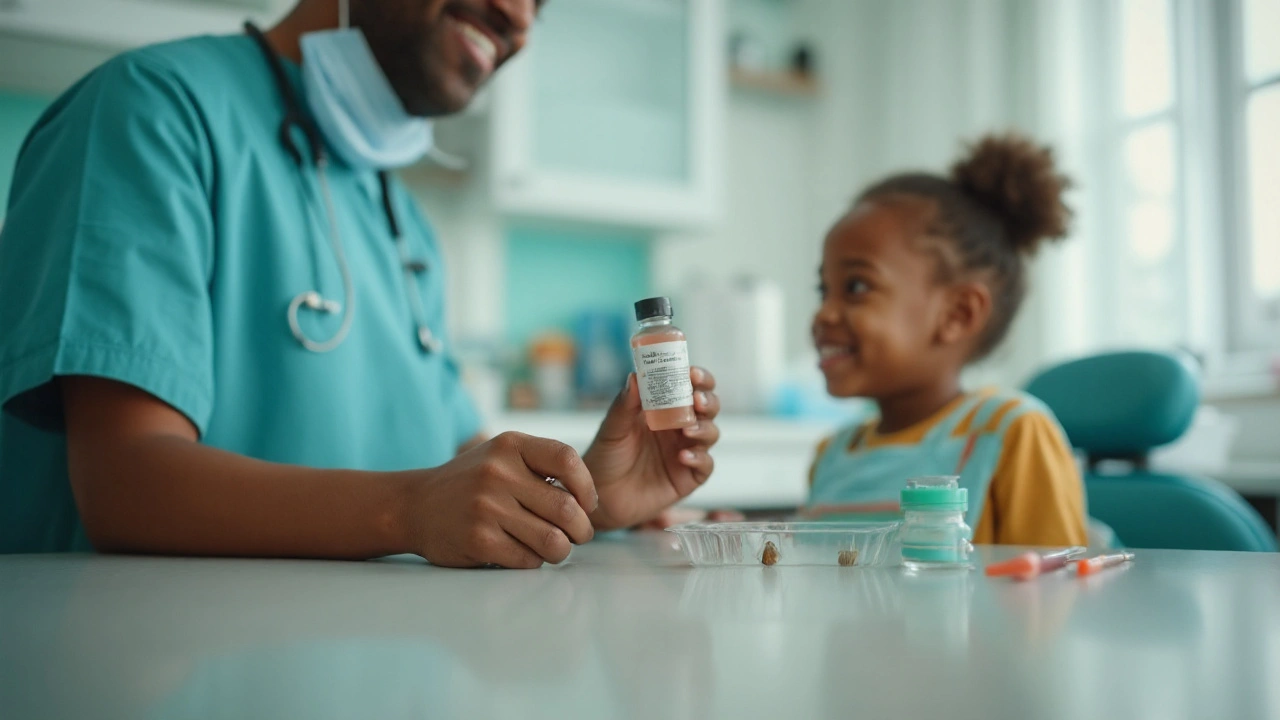
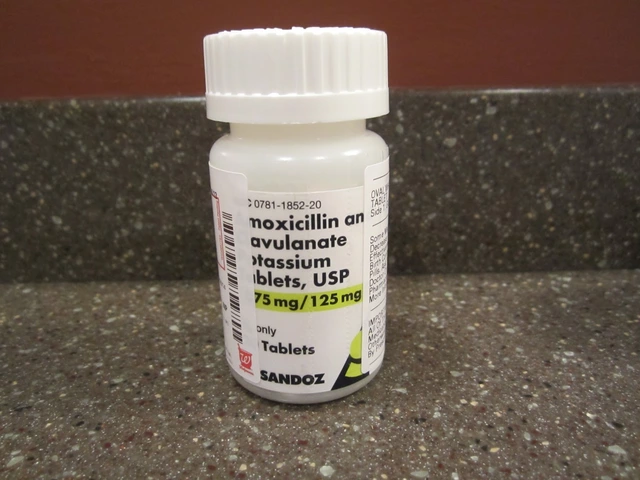

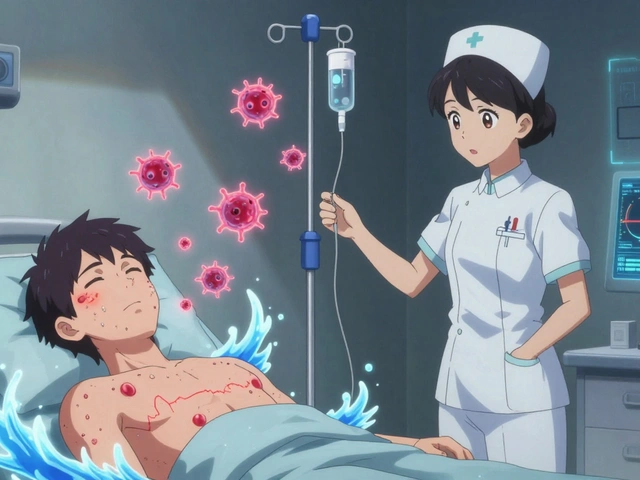
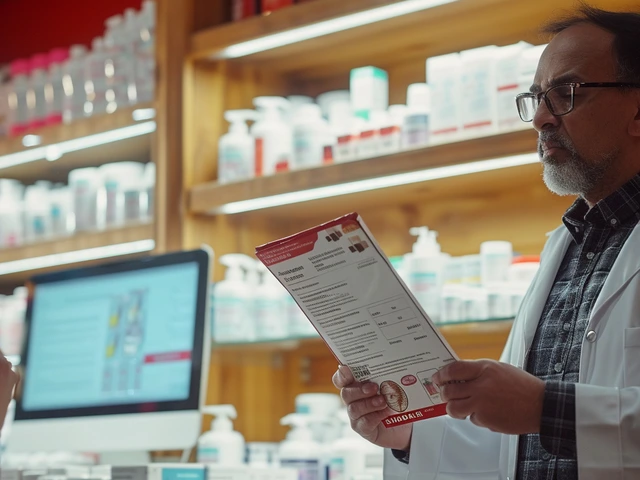

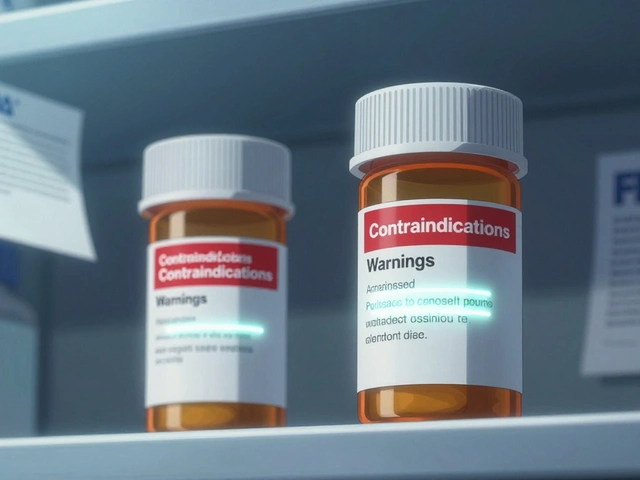

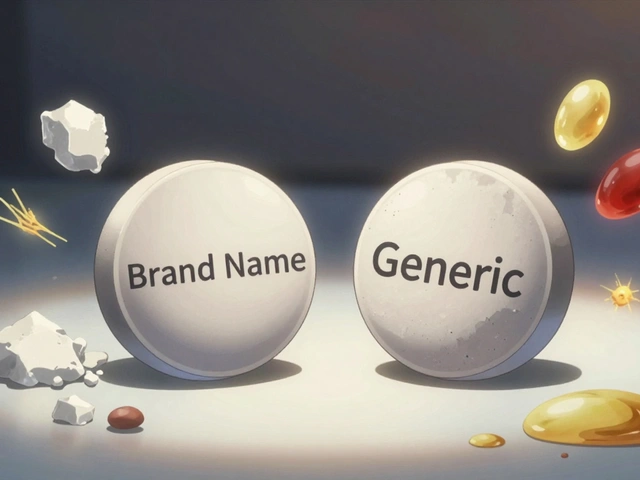
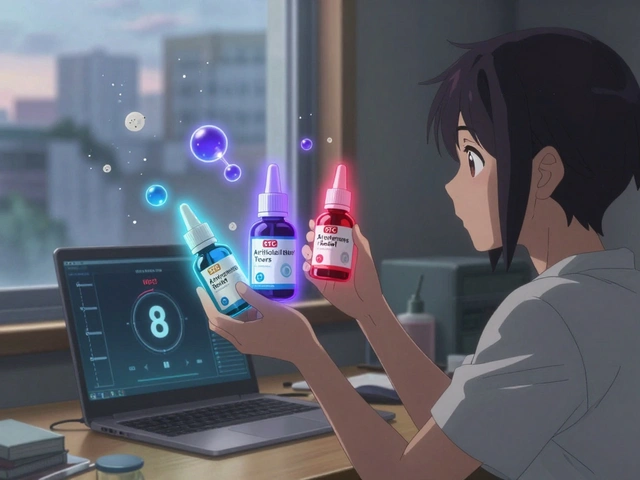
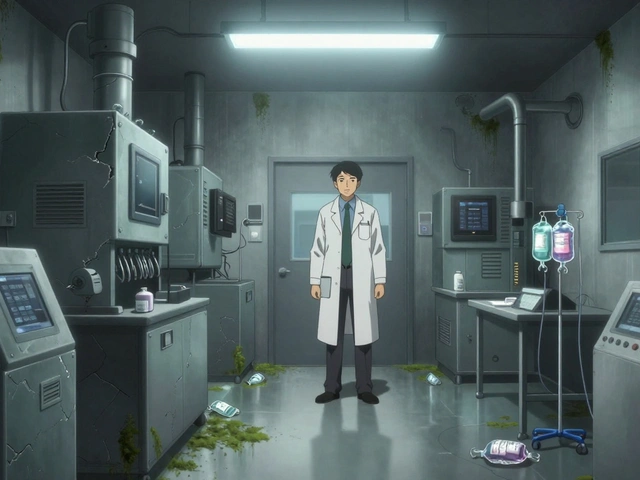
Alice Minium
August 30, 2025 AT 13:46 PMi just started using that fluoride toothpaste after my dentist yelled at me for cavities again... and honestly? my teeth dont feel as sticky anymore. not sure if it's the toothpaste or just me brushing longer but i'm not scared to smile in photos now 😅
Stephen Maweu
September 1, 2025 AT 12:14 PMbiggest thing people miss? fluoride isn't magic-it's a tool. if your water's already at 0.7, no need to go full pharmacy mode. i used to give my kid drops because i thought 'more is better'... until i read the fluorosis risk. now we just brush, skip the tablets, and my kid's teeth are perfect. less is often more here.
anil kharat
September 1, 2025 AT 16:27 PMfluoride? it's just another corporate lie to sell you pills while the water companies profit. they told us chlorine was safe too. they told us sugar was fine. now they want us to swallow fluoride like it's a spiritual elixir? i've seen the studies-fluoride is a byproduct of aluminum production. they're poisoning us slowly and calling it 'preventative care.' wake up, sheeple.
Keith Terrazas
September 3, 2025 AT 01:10 AMIt is, in fact, a matter of considerable scientific consensus that community water fluoridation represents one of the most cost-effective public health interventions in modern history. To dismiss it as 'toxic' or 'manipulative' is not only empirically unsound, but also emblematic of a broader epistemic crisis in public discourse. One might reasonably argue that the real tragedy is not fluoride, but the erosion of trust in evidence-based systems.
Matt Gonzales
September 4, 2025 AT 20:05 PMmy 7-year-old has braces and we live in a well-water area (0.2 mg/L) so we do the drops + fluoride toothpaste + rinse 😊 dentist said we're doing it right! just remember: don't mix drops with milk, and always spit-not rinse-after brushing. tiny habits, huge difference 🦷💪
Richard Poineau
September 5, 2025 AT 05:32 AMyou people are idiots. fluoride is a poison. my cousin's kid got 'fluorosis' and now his teeth look like they're covered in chalk. you think that's 'cosmetic'? it's a birth defect caused by government meddling. stop forcing chemicals on families who just want clean water. #FluorideIsPoison
Angie Romera
September 6, 2025 AT 08:36 AMmy dentist told me to stop using fluoride toothpaste because i was 'overdoing it'-so i switched to hydroxyapatite. now my teeth feel like sandpaper. thanks for nothing, dentist. i'm going back to fluoride. also, why is this even a debate? it's not rocket science.
Jay Williams
September 8, 2025 AT 04:08 AMLet me offer a structured, evidence-informed perspective: The American Dental Association’s dosing guidelines are not arbitrary-they are the product of decades of epidemiological research and risk-benefit modeling. When a parent inquires about supplements, the correct clinical response is not reflexive approval or denial, but a triage based on three pillars: water fluoride concentration, individual caries risk profile, and developmental stage. Failure to conduct this triage leads to either under-treatment or iatrogenic fluorosis. The goal is precision, not polarization.
Sarah CaniCore
September 10, 2025 AT 00:43 AMwhy do people still use fluoride? i just brush with baking soda and call it a day. my teeth are fine. also, this whole guide is just a dentist's way to sell more visits. if your teeth hurt, maybe stop eating sugar instead of swallowing pills.
RaeLynn Sawyer
September 10, 2025 AT 01:34 AMfluoride supplements are a scam. if you need them, you're already failing at brushing. stop looking for magic pills.